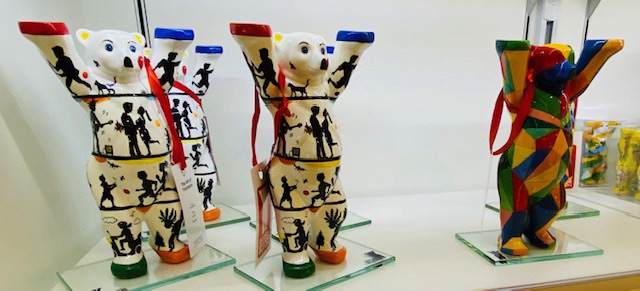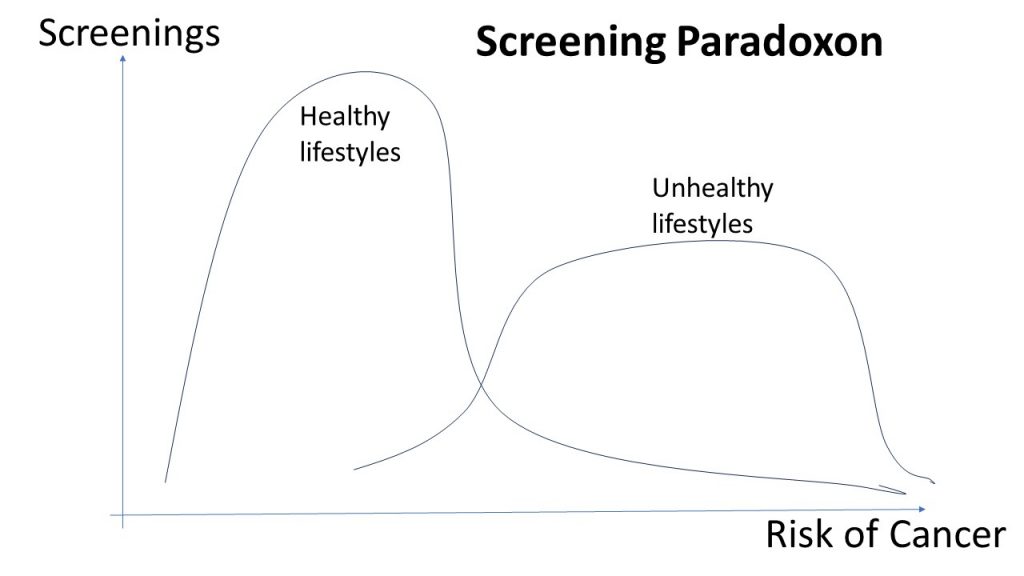Wir alle kennen die Schilder „Einfahrt freihalten“ auf dem Lande und in den Städten. Alle Personen, die eine Art von Garage oder Einfahrt für ihr Zuhause, Firmengelände oder Grundstück haben, sehen sich früher oder später gezwungen andere Personen auf die Einfahrtsmöglichkeit extra hinzuweisen. Ohne Hinweisschild könnte sich jemand die Freiheit nehmen, genau an dieser Stelle sein Vehikel abzustellen und die Ein- und Ausfahrt zu blockieren. Derartiger ziviler Ungehorsam oder einfach Faulheit eine andere, weniger anstößige Parkgelegenheit zu suchen, verleitet ständig zu leidenschaftlich geführten Streitigkeiten. Einsätze vom Ordnungsamt, der Polizei und einem Abschleppdienst gehören zu den üblichen Folgewirkungen. Rechtlich verbriefte Eigentumsrechte gehören in vielen Ländern der Erde zu den höchsten Rechtsgütern.
Interessant sind die verschiedenen Spielarten von „Einfahrt freihalten“ in der deutschen Sprache. „Ausfahrt freihalten“, beispielsweise, suggeriert die Bedeutung des raschen Verlassens, eventuell zu einem Einsatz. Zeitdruck bei der Heimkehr oder beim Wegfahren lassen auf die Begründung der Nachdrücklichkeit der Aufforderung schließen, bitte Ausfahrt freihalten.
Zeitdruck bei der Heimkehr oder beim Wegfahren lassen auf die Begründung der Nachdrücklichkeit der Aufforderung schließen, bitte Ausfahrt freihalten.
Die neueste Berliner Variante der Aufforderung, bitte hier nicht parken, heißt „Freiheit aushalten“. Können wir die Freiheit der Person aushalten, jederzeit dieses Gelände zu verlassen oder zu befahren. Das ist anscheinend eine große Herausforderung an der viele Personen ständig scheitern und ihre eigene Parkfreiheit über die Freiheitsrechte der anderen Personen stellen. Gesellschaftliche und rechtliche Prinzipien lassen sich manchmal an alltäglichen Kleinigkeiten verdeutlichen.


















 Zeitdruck bei der Heimkehr oder beim Wegfahren lassen auf die Begründung der Nachdrücklichkeit der Aufforderung schließen, bitte Ausfahrt freihalten.
Zeitdruck bei der Heimkehr oder beim Wegfahren lassen auf die Begründung der Nachdrücklichkeit der Aufforderung schließen, bitte Ausfahrt freihalten.














